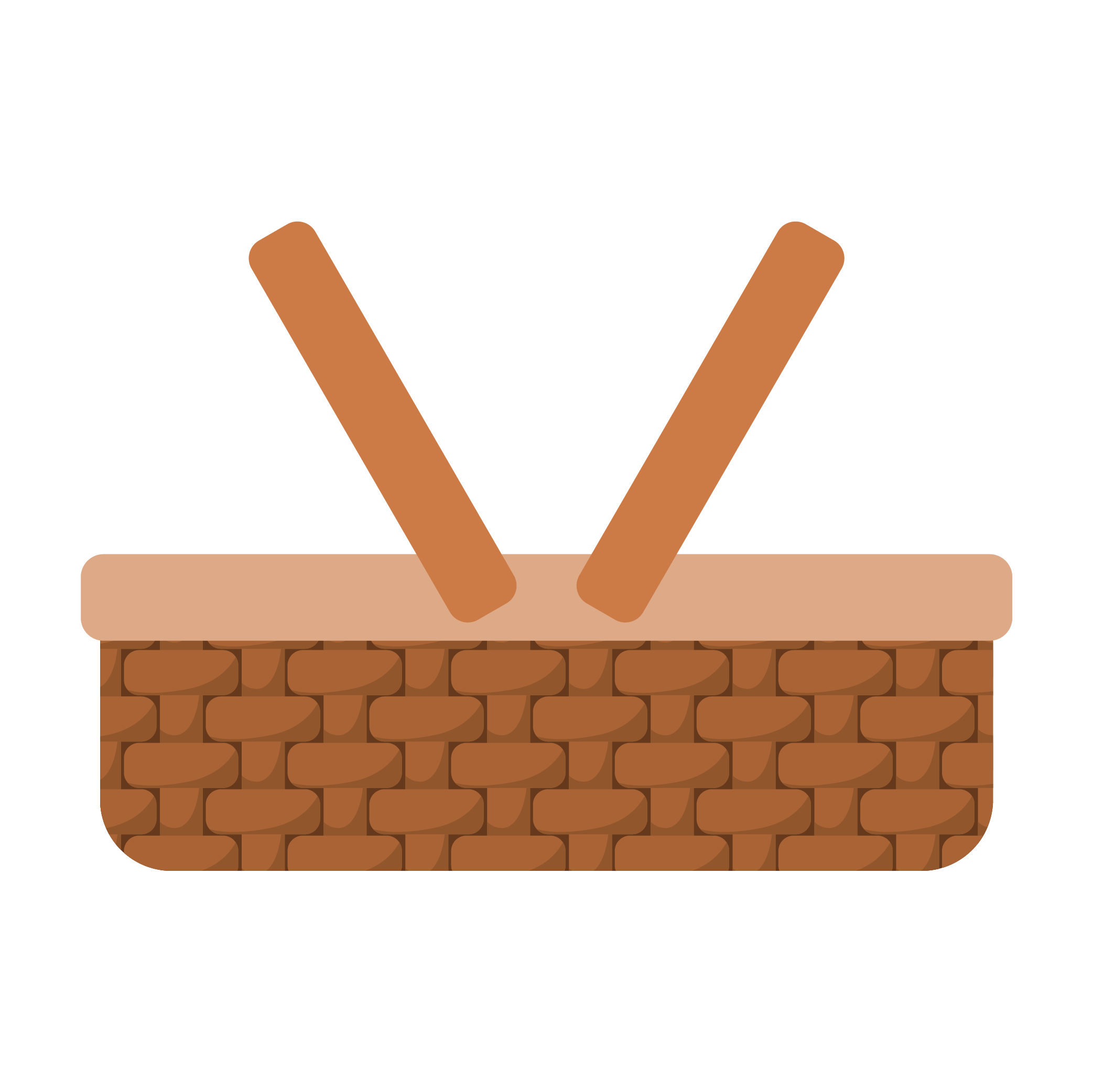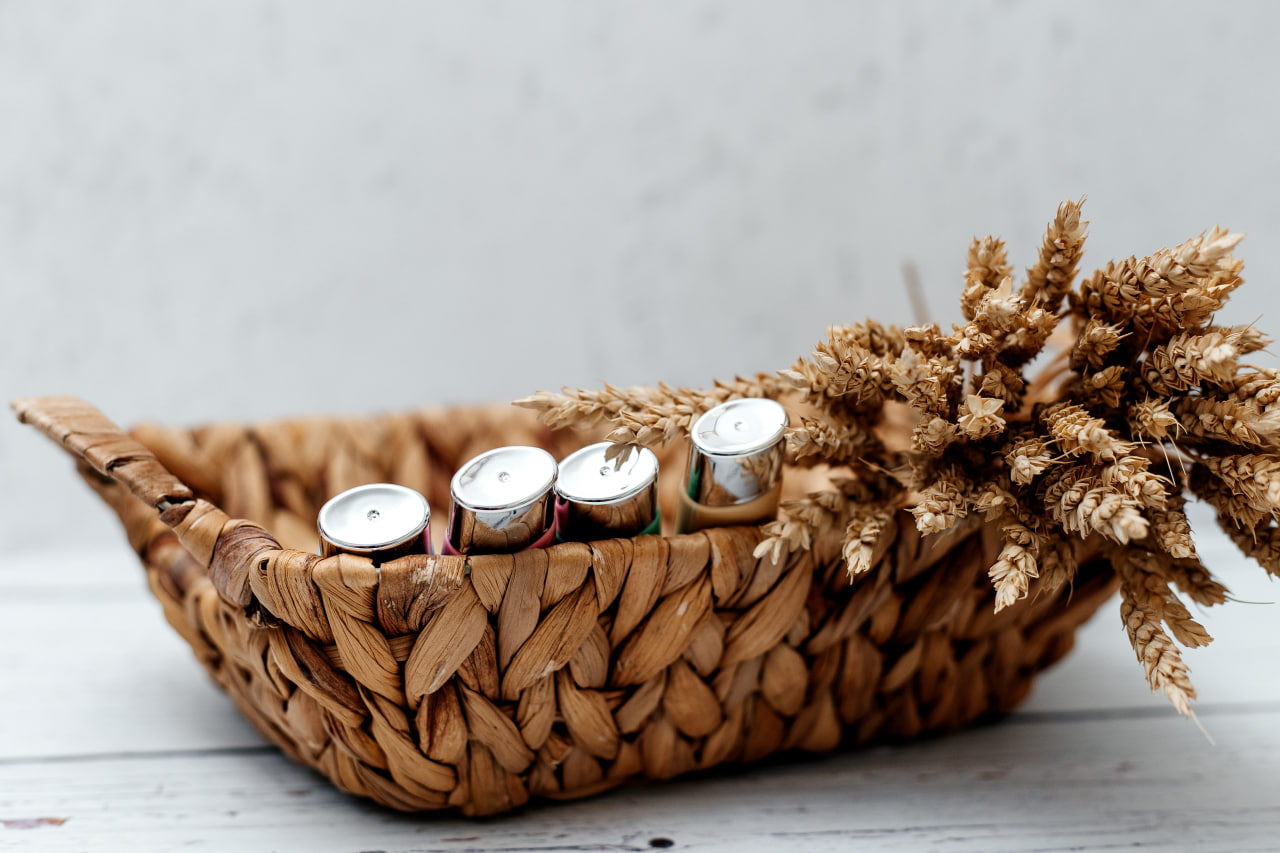Wicker weaving is an intricate craft that requires a deep understanding of the materials used to create strong, durable, and aesthetically pleasing woven items. While the term “wicker” often refers to the technique of weaving, it is the choice of materials that greatly influences the final outcome. The right fiber will determine not only the look of the finished product but also its strength, texture, and longevity. Whether you are creating a basket, a piece of furniture, or a decorative sculpture, selecting the right material is essential to success.
1. Willow
Willow has been the traditional material for wicker weaving for centuries, and it remains one of the most popular choices among artisans today. Willow branches are flexible yet strong, which makes them perfect for weaving intricate designs. They are available in several varieties, including brown, white, and black willow, each offering a distinct color and texture. Willow is typically harvested in early spring when the shoots are young and pliable, making it ideal for weaving into baskets and furniture.
One of the key advantages of willow is its natural ability to bend and mold without breaking, which allows weavers to create both tight, intricate patterns and loose, flowing designs. Its smooth surface also makes it easy to work with, and it takes well to staining and finishing treatments, giving it a range of potential looks, from natural rustic finishes to more polished, modern styles.
2. Rattan
Rattan is another popular material for wicker weaving, particularly when it comes to creating furniture. Rattan is a tropical vine that is native to Southeast Asia and is prized for its strength, flexibility, and lightweight nature. Unlike willow, rattan is typically used for making furniture frames, where it can be bent into curves and shapes that are not easily achievable with other materials.
Rattan can be split into thin strips for weaving, and its flexibility makes it suitable for creating intricate patterns. Because rattan is naturally resistant to wear and tear, it’s a great choice for items that need to endure heavy use, such as chairs, tables, and storage units. The material is also ideal for producing a smooth finish, making it easy to paint or varnish, and it can be dyed in various colors to match different decor styles.
3. Bamboo
Bamboo, a fast-growing and sustainable material, has become increasingly popular in modern wicker weaving. Known for its lightweight properties and natural elegance, bamboo is often used in combination with other materials to create both functional and decorative woven pieces. Bamboo is particularly suited for crafting items such as trays, baskets, and screens.
While bamboo is not as pliable as willow or rattan, it is an incredibly strong and resilient material. It can be split into thin strips for weaving, and its smooth, sleek surface is perfect for creating modern designs with clean lines. Additionally, bamboo’s sustainability makes it an environmentally friendly option, aligning with the growing interest in eco-conscious crafts and products.
4. Seagrass
Seagrass is a natural material harvested from coastal areas, and it has a unique texture that makes it stand out in wicker weaving. It is commonly used to create woven baskets, rugs, and mats, and it is prized for its durability and ability to hold its shape. Seagrass fibers are not as flexible as willow or rattan but are strong enough to create sturdy, long-lasting products.
One of the notable advantages of seagrass is its natural earthy color, which ranges from pale yellow to deep green, providing a rustic, organic look that complements a variety of interior design styles. Its smooth surface is also ideal for weaving into tight patterns, and it takes well to different finishes, allowing artisans to enhance its natural beauty.
5. Synthetic Materials
In addition to traditional natural fibers, there has been a rise in the use of synthetic materials for wicker weaving. Synthetic rattan, often made from polyethylene or other durable plastic fibers, mimics the look and texture of natural rattan but is more resistant to weather and wear. This makes it a popular choice for outdoor furniture, as synthetic rattan is impervious to moisture, UV rays, and extreme temperatures.
Synthetic materials are also easier to clean and maintain than natural fibers, and they offer a wider range of colors and textures. While they may lack the organic feel of natural materials, synthetic fibers provide longevity and consistency, making them an ideal option for commercial or outdoor use.
Conclusion
The materials you choose for wicker weaving play a crucial role in determining the quality, durability, and aesthetic appeal of your projects. Whether you prefer the flexibility of willow, the strength of rattan, the eco-friendly benefits of bamboo, or the rustic charm of seagrass, each material offers unique characteristics that can elevate your work. As the craft continues to evolve, incorporating synthetic materials allows for more options and creative possibilities. By understanding the properties of these materials, you can make informed decisions and create woven pieces that are both beautiful and long-lasting.

